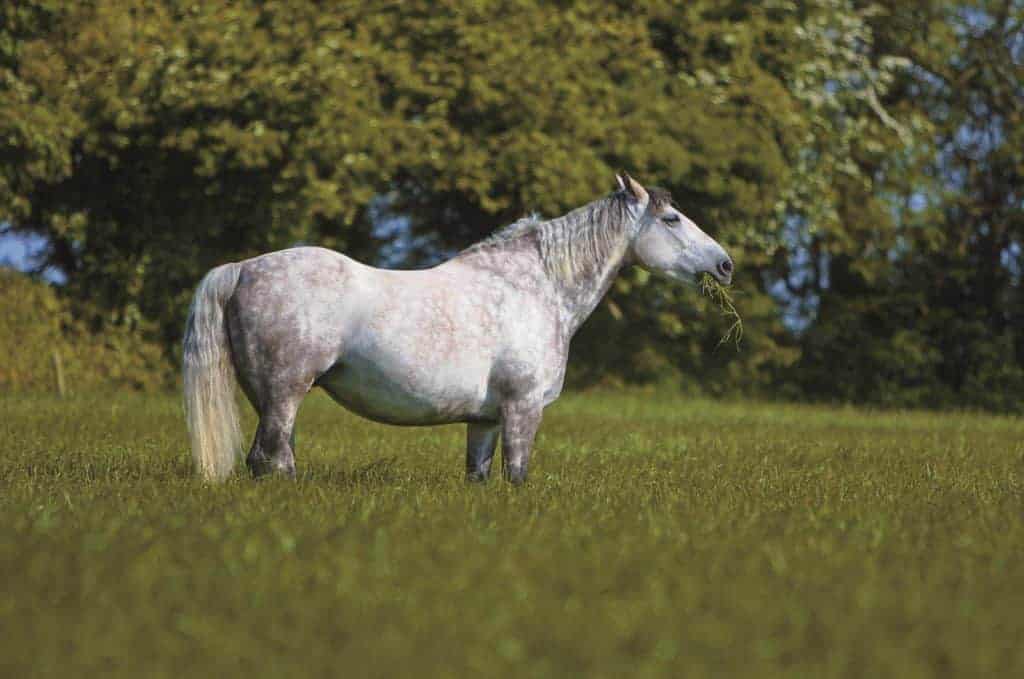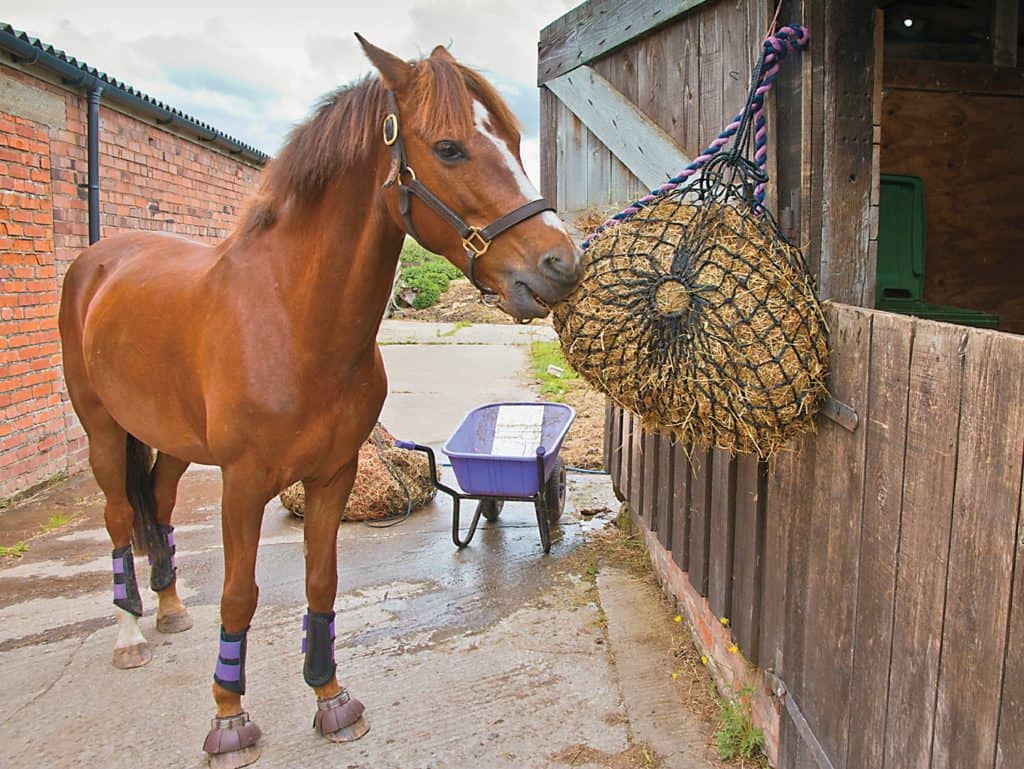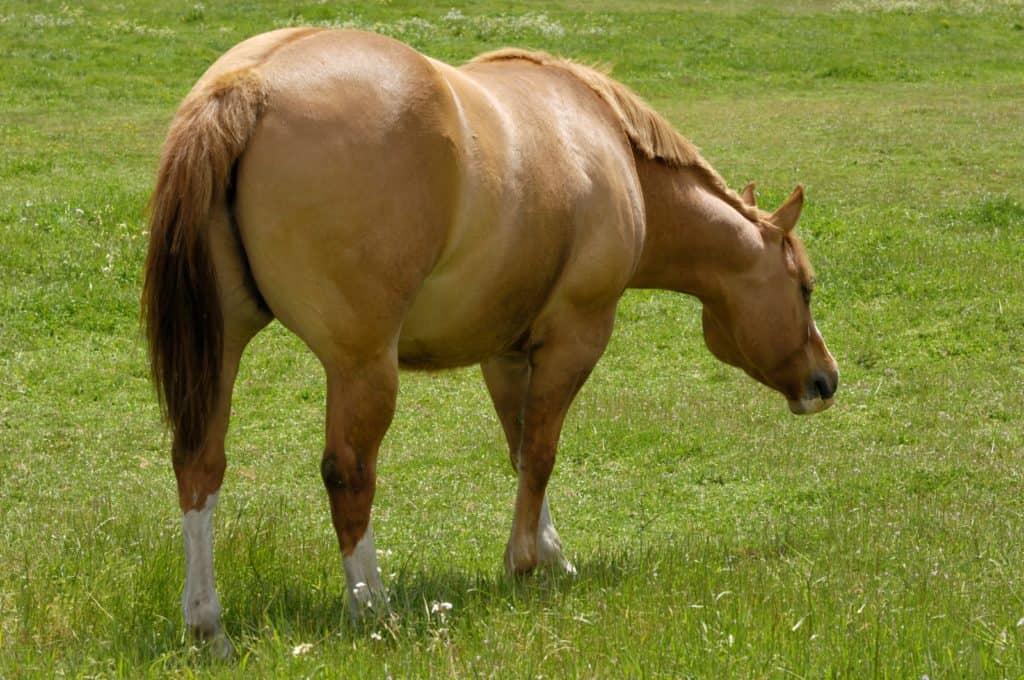
Spring Grass Safety for Your Horse
As benign as it might seem, this fresh forage can cause more harm than good. Here’s what to remember.

As benign as it might seem, this fresh forage can cause more harm than good. Here’s what to remember.

Horses can experience more than one disease process at the same time, an occurrence known as comorbidity. In this article, we’ll take a look at equine diseases such as PPID and laminitis that veterinarians most commonly see in conjunction with other conditions.

Key takeaways included treating horses as individuals and adjusting medications and management strategies as needed.

Horses with conditions such as muscle or metabolic disease might have special hay needs to stay healthy.

Find out how to keep your middle-aged horse’s teeth, feet, joints, and more healthy.

Laminitis is one of the most common diseases in horses, and it has many different causes. Find answers to listener questions on endocrine-related laminitis in horses with conditions such as PPID, equine metabolic syndrome, and insulin resistance. Sponsored by InsulinWise.

Dr. Teresa Burns describes what laminitis is and its relationship to endocrine diseases such as insulin resistance, equine metabolic syndrome, and PPID.

Managing horses with PPID is an ongoing commitment and requires careful veterinary observation. By monitoring both clinical signs and endocrine values, many affected horses can return to athletic function and/or maintain a good quality of life.

Diagnosing EMS and taking steps to manage it can allow your horse to live a healthy and productive life.

Dr. Liz Arbittier encourages owners and caretakers of senior horses to call their vet if they notice any changes in health or behavior, even when it seems minor, to identify issues and begin treatment early. Here’s what to watch for.

Researchers found that endocrine-disrupting chemical accumulation in blood could explain some environmental variance seen in EMS horses, but the precise role they play in EMS development isn’t yet clear.

Horses consuming a particular supplement had higher high-molecular-weight adiponectin blood concentrations and lower insulin concentrations than when they didn’t consume it. And this, researchers say, could help reduce laminitis risk. Here’s why.

The older equine population is at greater risk of developing debilitating endocrine disorders such as insulin dysregulation and equine metabolic syndrome, all of which are best identified and treated as early as possible.

Researchers found that both basal and post-oral-sugar-test insulin responses vary across seasons in horses with insulin dysregulation.

Is it safe to breed a mare who has equine metabolic syndrome and a history of laminitis? Reproduction expert Dr. Ryan Ferris offers insight.

Listen to audio features on equine metabolic issues, colic, hoof abscesses, parasite control, navicular syndrome, and more.
Stay on top of the most recent Horse Health news with
"*" indicates required fields